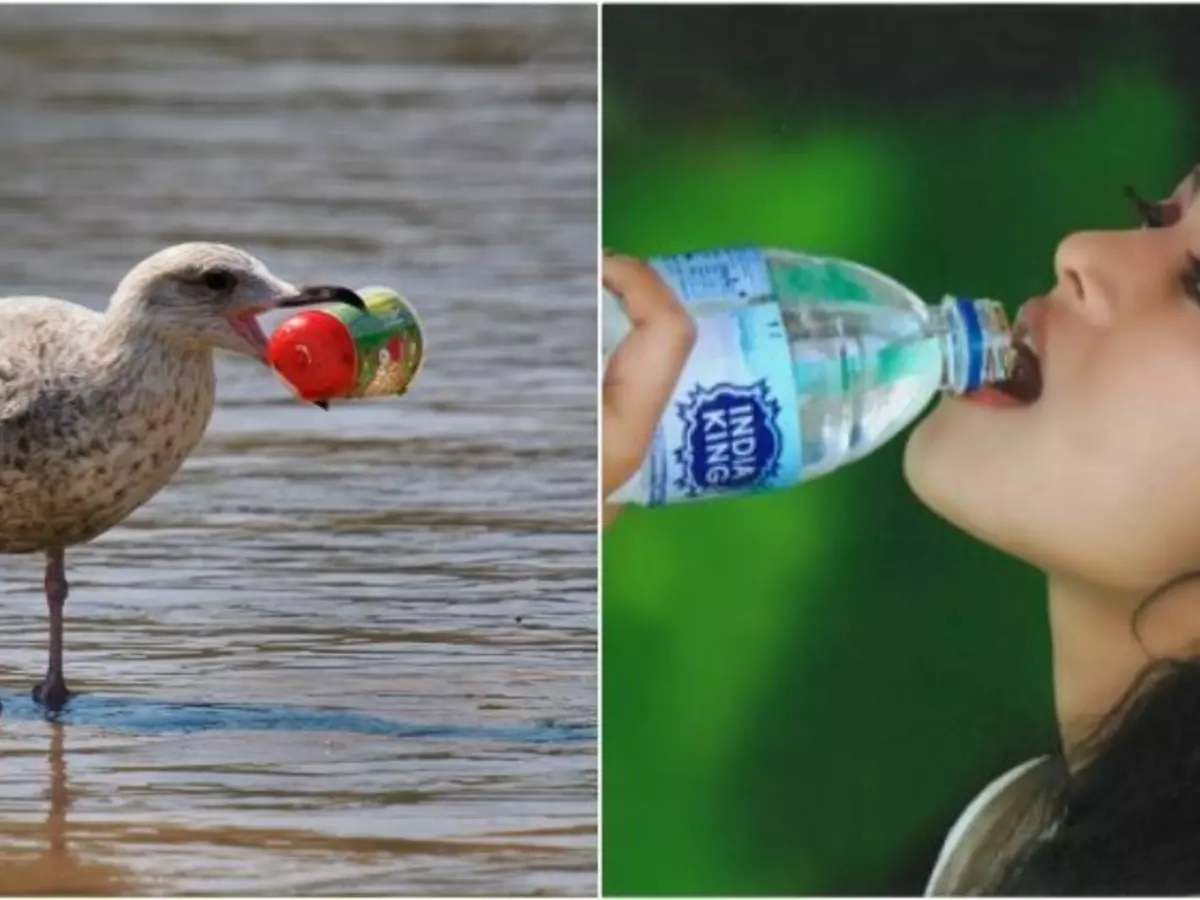Day 8: I Learnt That Our Plastic Bottles And Plastic Food Containers Are Giving Us Cancer

Yesterday I completed a week of this month-long campaign. In the last seven days, I learned a lot about plastics than I ever did in school, college or during the tenure of my professional world. I learned about our dependence on plastic and how something that's nearly five decades old has become so inseparable from us.
But during this journey, a lot of people came to me, wrote to me in emails and on social media asking how exactly is plastic killing us. I mean, everyone knows that the marine life is choking on it and dying, but is it only one getting affected by plastic?
Setting an ambitious target, the Narendra Modi government has announced that the country will eliminate all single-use plastic items like carry bags, straws and water bottles among others) from the country by 2022. ? #BeatThePlasticPollution #BanPlastic https://t.co/54ca2lX9qw pic.twitter.com/bYnyKZABUw
¡ª HealthMeUp (@healthmeup) June 8, 2018
People have asked me what do I mean when I say plastic pollution is polluting our environment in numerous ways. Therefore, to mark the first week of this campaign and to explain all the ill-effects of plastic on us, I will talk about how everyone is affected by plastic.
1. Production of plastic
Right from the beginning, the manufacturing process of plastic along with the tiring process of its destruction by incineration releases elements that hurt our land, air, and water. The production of plastic exposes workers in the factory to toxic chemicals, including carcinogens which can result in lifelong diseases.
Furthermore, synthetic plastic, one of the most commonly used forms is not biodegradable, meaning after it is produced, it is here to stay forever. It's very easy for us to get rid of things as we step out of our house and throw it away, but most of these are made of plastic and they only shuttle from one place to another. They accumulate in landfills and pollutes the environment.
The Marine Conservancy has published that the estimated decomposition rates of most plastic debris found on coasts are:
Foamed plastic cups: 50 years
Plastic beverage holder: 400 years
Disposable diapers: 450 year
Plastic bottle: 450 years
Fishing line: 600 years.
2. Oceans, of course!
Tons and tons of content has been written, shared and shown to us on how oceans are suffering from the plastic - it is being done in the form of marine animals eating plastic then dying, marine animals who have consumed plastic eventually being consumed by us, unaccountable amount of plastic debris floating and dumped in the ocean, its toxic elements releasing lethal chemicals in the ocean and polluting our water.
"As plastic debris floats in the seawater, it absorbs dangerous pollutants like PCBs, DDT and PAH. These chemicals are highly toxic and have a wide range of chronic effects, including endocrine disruption and cancer-causing mutations" reports Biological Diversity.
3. Animals on land and in air
You think only those limited to the ocean are suffering? Well, we have created a huge heap of plastic waste on land, bigger than it will ever be in the ocean and innocent animals on land and birds feed on them. Plastic waste mixes with what we throw in the regular trash and fooled by the smell and texture, these animals eat it. Similiar to what happens to the ones in the ocean, they choke on it and die.
Nearly every bird on our planet is eating plastic! #NotAPlastoholic! pic.twitter.com/ScmsbH0tPw
¡ª Shewali Tiwari (@aBlahNari) June 9, 2018
I am sure all of you have seen the picture of that bird who had plastic caps in its stomach?
4. Plastic gives us cancer
Plastic bottles and food containers are the biggest sources of cancer in humans these days. The chemicals inside plastics leach into food or drink causing cancer, especially when they are subjected to heat. Even though the number of chemicals released in our food is quite low, they are enough to kill us.
